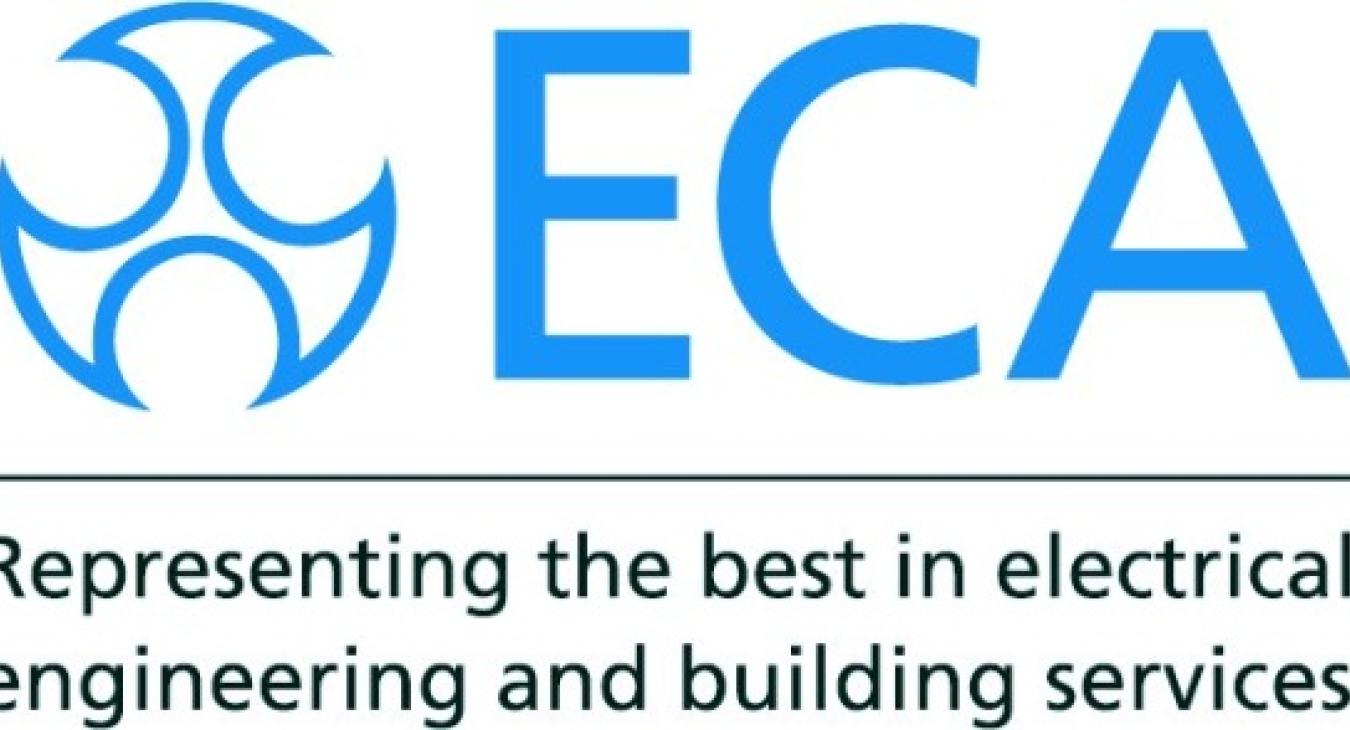10 Tips for Safe Christmas Lighting from the Electrical Contractors’ Association
As Christmas appraches and the fairy lights are brought down from the loft, follow these tips from Giuliano Digilio, Head of Technical Services at the Electrical Contractors’ Association (ECA), to make your sure Christmas sparkles – without any sparks!
1) Lights that have been stored away in the loft may have suffered damage. Make sure any frayed leads or broken connectors are replaced before use.
2) Tempting as it may be, never overload sockets with your Christmas lights as this could result in overheating, electric shocks, short-circuiting and potentially cause a fire.
3) To cope with winter weather, exterior Christmas lights should either be low voltage – 12V or 24V – or protected by a Residual Current Device (RCD) that will automatically kick into action and break the circuit in the event of an earth fault. Cables should never be fed through doors or windows, as this could cause damage.
4) Ensure that cables are fully unwound. They can overheat and potentially cause a fire if they are left coiled on a reel…
5) …But take care. Trailing wires and lighting leads are one of the most common causes of household trips and falls. Ensure that any cables or extension leads are not left across pathways, and cannot be easily grabbed by children and pets.
6) Never have any lighting equipment, decorative or otherwise, near a water source.
7) Turning off the Christmas lights before going to bed or when away from home will greatly reduce the risk of fire.
8) And if you need to buy new lights as last year’s ones really have seen better days, only buy from reputable outlets. There are lots of budget versions out there, especially at car boot sales, but these are often not up to the required safety standards.
9) Always check for the European Standard CE mark when buying new lights.
10) Make sure lights you buy are suitable for the voltage they are being connected to. In the UK this should be 230 Volts.
To get more advice on safe Christmas lighting, contact a competent electrician. To find a local ECA member visit www.eca.co.uk.
News Categories

